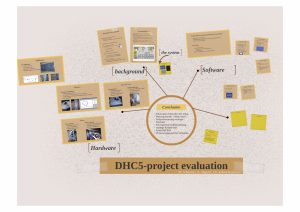Usability Evaluation of an calorimetric measuring device
Calorimetry measurement
Calorimetry means “calor” which is heat (metric) and metran the method (measurement). There two different methods to measure the metabolic energy – the indirect and direct method. Afterwards the clinical relevant indirect calorimetry is described. Overall, the measurement of the total amount of metabolic energy rate is difficult and requires experimental conditions during 24h. A common method is to measure the REE and estimate the PAL to quantify the amount of TEE in a 20min setup. Recommendations to improve indirect calorimetry measurements:
Singer, P., Singer, J., 2016. Clinical Guide for the Use of Metabolic Carts: Indirect Calorimetry–No Longer the Orphan of Energy Estimation. Nutr. Clin. Pract. Off. Publ. Am. Soc. Parenter. Enter. Nutr. 31, 30–38. doi:10.1177/0884533615622536
1. Evaluation setting and challenges
The main focus was on usability evaluation of the device. Aiming to do a decent usability evaluation, we faced some challenges, which are shortly described in this chapter. The testing environment was not ideal for evaluating the usability of the device, which therefore influenced the outcome of the usability evaluation.
Requirements should be met:
- Temperature
- Air – Humidity
- Noiseless
- Poorly lit
- Ideal broad lying surface (for ensuring relaxation but also for destroying parasitic errors e.g.
- through open flow-mask)
3. Findings
This chapter describes the discovered problems which were found within the scope of evaluation splitted into Hardware -, Software – and situation-based problems in the special setting at the “DHC” lab at the FH St. Pölten.
Test features:
- Difficulties with hardware and calibration
-
Software problems/difficulties.




